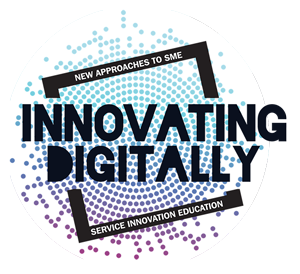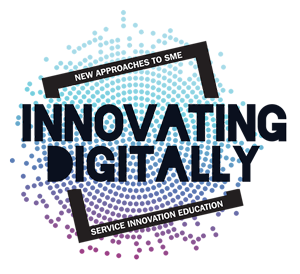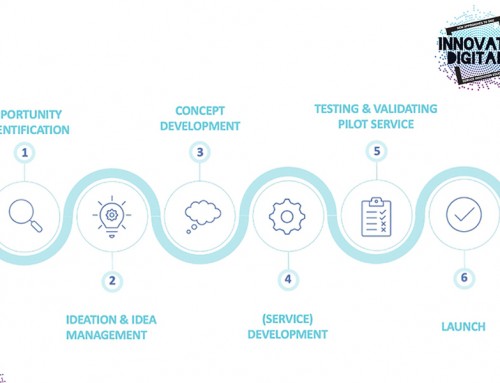Top 3 Trends in Digital Innovation
Pretty much every company today is developing their digital competency, knowing that success is based on their ability to design new technologies that deliver personalized experiences and innovative services to employees, customers, and ecosystem partners.
But how are organizations setting themselves apart when ‘going digital’ is no longer enough? And what are the main trends shaping digital innovation that companies need to address to survive in the post-digital era?
What is Digital Innovation?
At its core, digital innovation is the application of new technologies to existing business problems and practices in a process that takes place in phases.
Each phase is marked by advancements in technology and innovation.
The first phase was driven by access to high speed internet and smart mobile devices, and now the internet of things (IoT), Artificial Intelligence (AI), Blockchain, and Quantum Computing (to name but a few emerging technologies) are all catapulting this trend forward in 2021 and beyond!
Where to Find Digital Innovation
Digitization is no longer restricted to technology or digitally native companies now that the customer journey starts digitally. And with digital innovation processes touching every industry throughout the world, it’s not a case of if but when digital innovation will position innovators as the new champions.
In fact, Gartner predicts that by 2025, all industries, particularly Retail, will have been transformed by the capabilities of digital technologies.
Digital innovation relentlessly rewrites the rulebook for business, and even organizations that are considered well established are facing new threats at an unprecedented rate from competitors never encountered before.
Here are three of the biggest trends shaping digital innovation today and how enterprises are reacting to remain competitive.
- Securing the UnsecurableWhile digital innovation trends are creating an increasingly connected world through expanded partner ecosystems, it’s also exposing businesses to an increased security risk.
This, along with changing data protection laws and increased privacy concerns, is set to drive more progressive and distributed security processes.
New technologies and digital innovation ideas always seem to be one step ahead of the security designed to protect them, so high profile and often devastating hacks, attacks, and security vulnerabilities are inevitable.
Thankfully, new cyber security solutions are emerging all the time and top IT security professionals will be following these trends this year:
- The Machine Workforce
Exponential digital innovation is giving rise to an entirely new competitive and intelligent workforce, namely the Machine Workforce, which is also referred to as the Connected Industrial Workforce as cited by Accenture. The human workforce, and much of its old skill set, is rapidly declining in value.
The emerging AI-driven automation is changing the way we think about the workforce and forces us to begin a broader discussion on the changing nature of work, workplaces, skills, and human capabilities. So, what forces of automation are defining the future workforce?
The emerging Machine Workforce is not just fighting for routine tasks or small jobs
The Machine Workforce is competing for jobs even the most intelligent among the human workforce cannot do. Machines are discovering patterns on their own and they are learning things themselves.
So, when we have intelligent tools that can find new solutions to the complex challenges facing humanity, we have a whole new world of machine workforce for which the human workforce is not prepared.
- Revolutionary Capabilities of Blockchain, AI, and 5G Cellular
Blockchain
Blockchain technology was originally used to support digital payments in Bitcoin. Today, it’s making an appearance in a wide range of commercial applications and industries.
For example, Gartner predicts that by 2025, 20% of the top 10 global grocers by revenue will be using blockchain for food safety and traceability to create visibility to production, quality, and freshness.
But, what kind of trends can we expect moving forward with this technology? Here are some key trends to look out for:
Enterprises will start to participate in multiple blockchain networks, such as food safety or global container shipment, thereby creating a ‘network of networks’ – which is something that will allow them to simultaneously interact with multiple blockchain ecosystems.
Blockchain performance will become more important, where real-time performance and linkage with other data sources matter. Examples of performance-sensitive blockchain applications include track & trace (supply chain) or machine-to-machine (IoT) communication/exchange, to name a couple.
Read More https://blog.userlane.com/digital-innovation/





